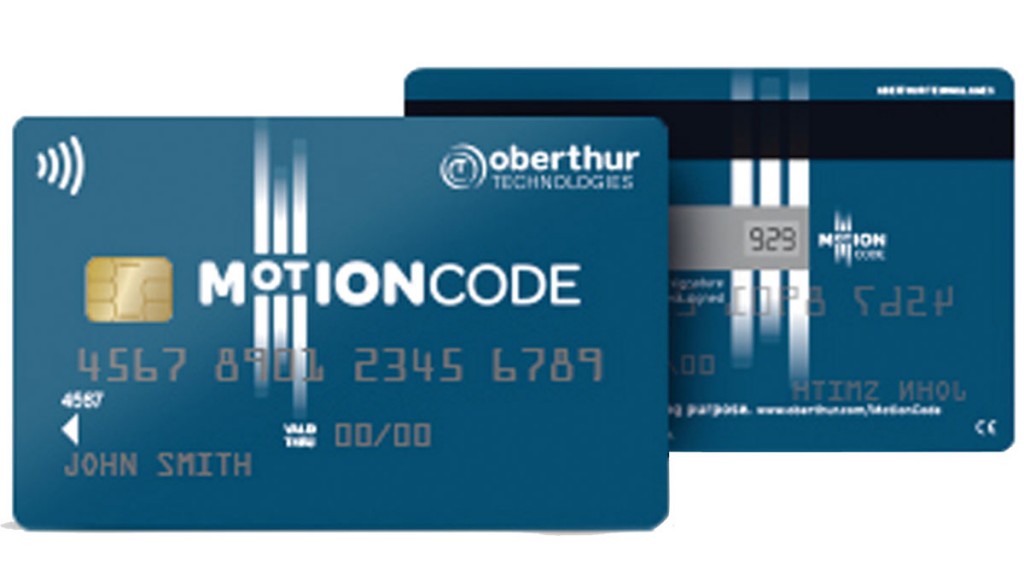
Bank-card fraud has become a huge global problem in recent years, thanks in part to the rise of online shopping. Credit-card fraud in Britain alone came to £755m last year, according to Financial Fraud Action UK. But a technology called Motion Code from French digital security firm Oberthur Technologies could make life harder for fraudsters.
How does Motion Code work? On the reverse side of every credit card, next to the signature box, is the card verification value (CVV) – a static three-digit number you input whenever you buy something with your card online. With Motion Code, that three-digit number is constantly changing at random on a tiny digital display powered by a very thin lithium battery with a three-year lifespan.
This means that if criminals get hold of details of a Motion Code-equipped card by using “skimmers” – devices fitted onto cash machines that “skim” the data off your card’s magnetic strip – or other means, they won’t know or be able to guess the CVV. Of course, a randomised CVV number won’t help you if your physical card gets stolen. And you won’t be able to memorise your own CVV so that you can pay online without having the card to hand. But that might be a small price to pay to keep your card details safe.
In France, where the cost of card fraud stood at €395.6m in 2014, banks BNP Paribas, Societe Generale and Groupe BPCE have trialled the Motion Card on a sample pool of customers, in preparation for a wider roll-out that may begin later this year.
Pilot schemes are also under way in Poland and Mexico, and British banks are in talks with Oberthur to bring it to the UK. “In some ways, it’s surprising it has taken so long for this to appear,” Prof Alan Woodward, a cybersecurity expert from Surrey University, told the BBC. “The technology has existed for some time so now it will be a case of persuading card processors that it is worth doing.”